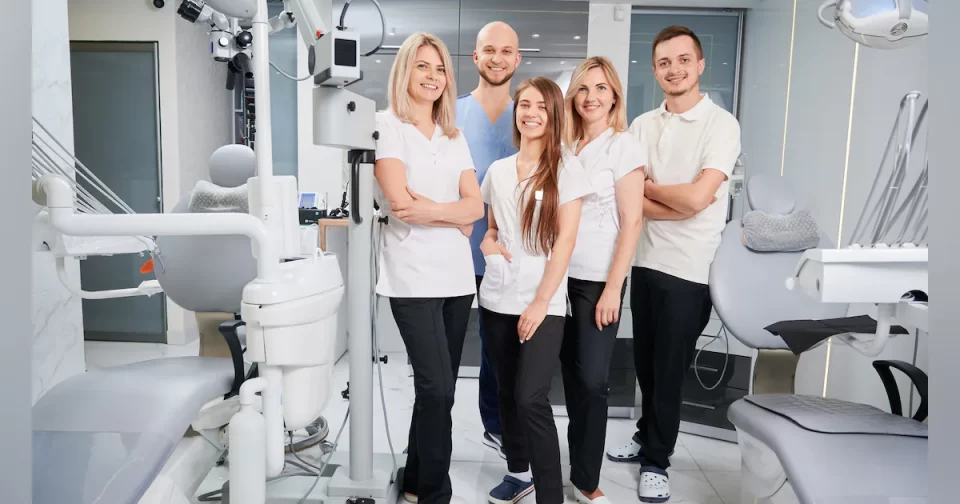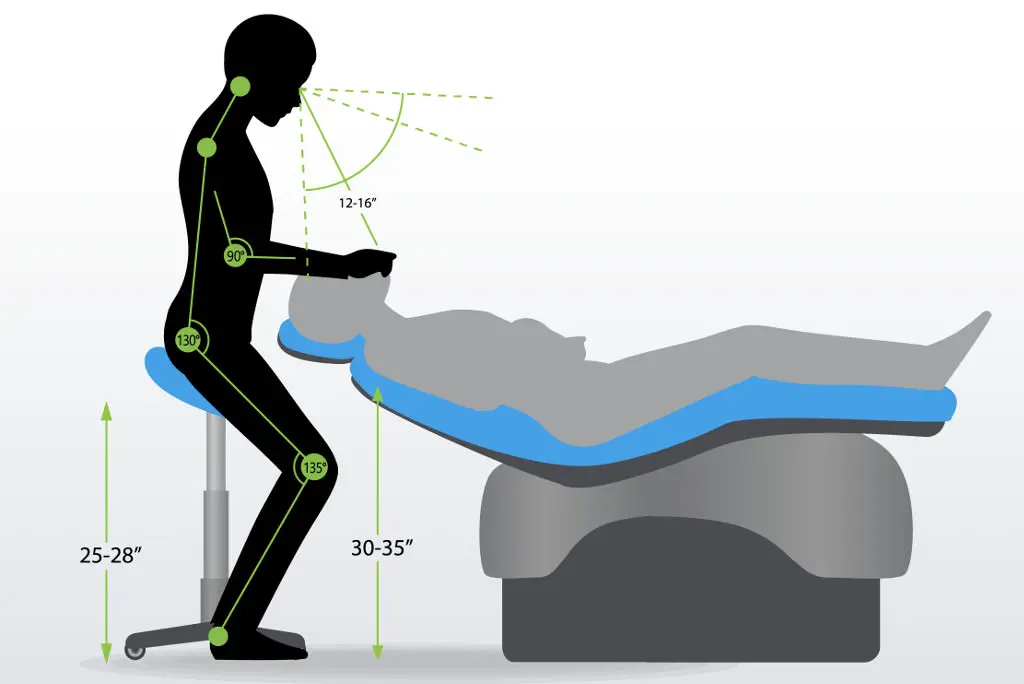Dental anxiety is a common concern that affects many patients, often preventing them from seeking the oral care they need. As a dental professional, fostering a comfortable and reassuring environment is essential to ensure patients feel at ease during their visits. By understanding the causes of dental anxiety and implementing strategies to alleviate it, you can create a positive experience that promotes better oral health for your patients. Here’s how:
Understanding Dental Anxiety:
Dental anxiety can stem from various factors, including fear of pain, past negative experiences, embarrassment about oral health, and even the unfamiliar sights and sounds of the dental office. Acknowledging these concerns and empathizing with patients is the first step towards addressing their anxiety.
Creating a Calming Ambiance:
- Warm Reception Area: Design a reception area that exudes warmth and comfort. Incorporate soothing colors, comfortable seating, and calming artwork to help patients relax while waiting.
- Comfortable Seating: Choose plush and comfortable chairs in the waiting area to help patients relax.
- Soft Colors: Opt for soothing and neutral color schemes, such as pastels or earth tones, which have a calming effect.
- Natural Light: Maximize natural light by using large windows or strategically placed skylights to create a more open and inviting atmosphere.
- Plants and Greenery: Incorporate indoor plants to bring a touch of nature indoors, contributing to a serene ambiance.
- Artwork: Display calming and non-threatening artwork, such as nature scenes or abstract designs, to engage patients positively.
- Water Features: Install a small indoor water feature, like a fountain or aquarium, for its calming sound and visual appeal.
Sensory Elements:
- Aromatherapy: Infuse the air with calming scents like lavender, chamomile, or citrus to promote relaxation.
- Calming Music: Play soft, instrumental music with a slow tempo to soothe nerves and create a tranquil environment.
- Noise Reduction: Implement sound-absorbing materials and layouts to minimize intrusive sounds from treatment areas.
- Texture and Materials: Use soft fabrics, comfortable upholstery, and warm materials to provide a tactile sense of coziness.
Communication and Interactions:
- Warm Greetings: Train your staff to warmly welcome patients, creating a positive first impression.
- Empathetic Communication: Encourage staff to listen attentively to patients’ concerns and fears, showing empathy and understanding.
- Explain Procedures: Communicate the details of procedures in a clear and simple manner, addressing any potential discomfort or sensations. Provide realistic expectations to alleviate fears of the unknown.
- Visual Aids: Use diagrams or models to visually explain procedures and processes, helping patients understand what to expect.
- Patient Consultations: Take the time to listen to your patients’ concerns and anxieties. Encourage them to express their fears so you can tailor your approach accordingly.
- Non-Judgmental Attitude: Foster a judgment-free environment that encourages patients to openly discuss their oral health concerns without feeling embarrassed.
Distraction Techniques:
- TVs and Entertainment: Place TVs in treatment rooms to provide a distraction for patients during procedures. Consider offering headphones so patients can watch shows or listen to music.
- Guided Imagery: Encourage patients to visualize peaceful scenes or engage in positive imagery to redirect their focus from anxiety.
- Pain Management:
- Local Anesthetics: Administer local anesthetics gently and communicate the minimal discomfort patients might feel during the process.
- Topical Anesthetics: Apply topical anesthetics before injections to minimize any initial discomfort.
Preventive Measures:
- Regular Check-ups: Emphasize the importance of regular check-ups for preventive care. Catching issues early can reduce the need for more invasive treatments later.
- Education: Educate patients about oral health practices they can implement at home to maintain their oral hygiene and reduce the likelihood of dental issues.
Sedation Options:
- Nitrous Oxide: Offer nitrous oxide (laughing gas) for patients who require mild sedation to ease their anxiety.
- Oral Sedatives: For patients with more intense anxiety, consider prescribing oral sedatives to be taken before their appointment.
Creating a comfortable environment for patients with dental anxiety requires a combination of empathy, communication, and proactive measures. By acknowledging their concerns, addressing their fears, and implementing strategies that promote relaxation, you can transform their dental experience from one of apprehension to one of comfort and confidence. Remember, your efforts can make a significant difference in both their oral health journey and their overall well-being.
















